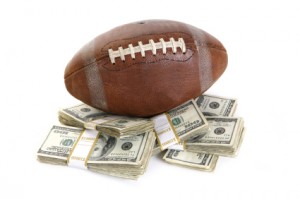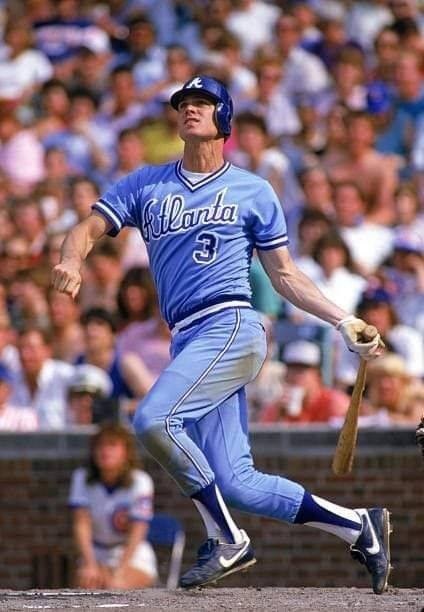Sports Economics For Dummies: How To Split $9 Billion Dollars 3
The announcement Thursday that the NFL and its Players Association have agreed to mediation is a sign of hope, but unless there is a major breakthrough in the next two weeks, it still looks like the NFL is headed for its first major labor disruption in 24 years. Given that residents across the United States are still feeling the pinch from the most pronounced economic recession since the Great Depression, don’t expect either group to receive much sympathy as they struggle to split more than $9 billion in annual revenue.
With the revenue and popularity of the NFL at an all-time high, it seems like a strange time for a labor dispute, but both sides seem more interested in annihilating the other side than reaching a compromise that would benefit all parties.
The owners, who opted out of the previous collective bargaining agreement two years early, are focused on receiving additional money off the top to cover expenses that they say are critical to growing the league and generating new revenue. Currently, the first billion dollars of revenue goes directly to the owners with the players then receiving roughly 60 percent of all remaining revenue.
In 2010 the result of this split was that the owners received $4.75 billion with the players earning $4.65 billion. All in all seems like a pretty good return for both sides. However, since the owners have never been forthcoming about their total expenses, it is difficult to tell if the owners are making a great profit or barely breaking even.
The owners have proposed taking an additional billion dollars off the top before any revenue splitting occurs. Conversely, the players are proposing that all revenue be split 50-50.
There is no question that escalating costs for stadiums, promotions and other elements of operating the business have increased over the last decade. Though revenues have continued to increase during the economic recession, the cost to generate these revenues has also increased.
In most businesses, he who takes the greatest risk typically receives the greatest rewards. However, professional football is somewhat different than the norm because while the owners are the ones taking the financial risks, it is the players who are taking the physical risks every Sunday.
With an average career length of barely four years and the very real risk of suffering injuries that will have an impact for years to follow, NFL players are very much focused on keeping as much revenue as possible.
Unlike the players in baseball, basketball and hockey, NFL players do not have guaranteed contracts, so their contracts often include large up-front signing bonuses. The owners would like to make it easier to recoup this bonus money when players break the law or violate the personal conduct policy, but the players are hesitant because up-front dollars are the only guaranteed money a player receives. Read the rest of this entry →




